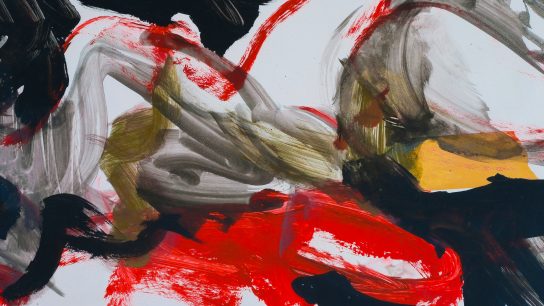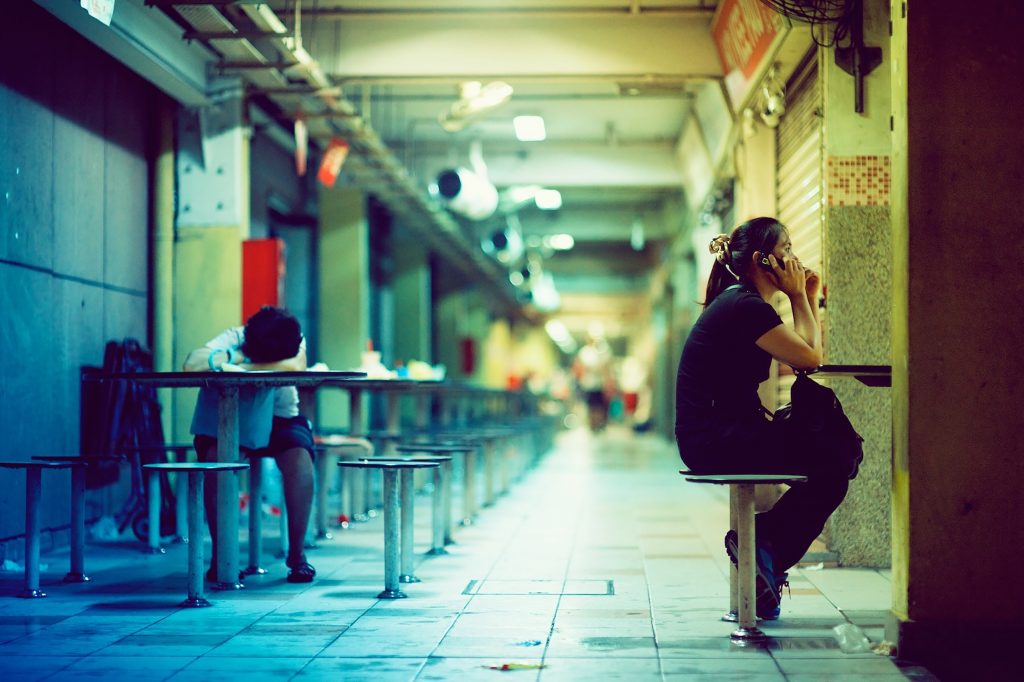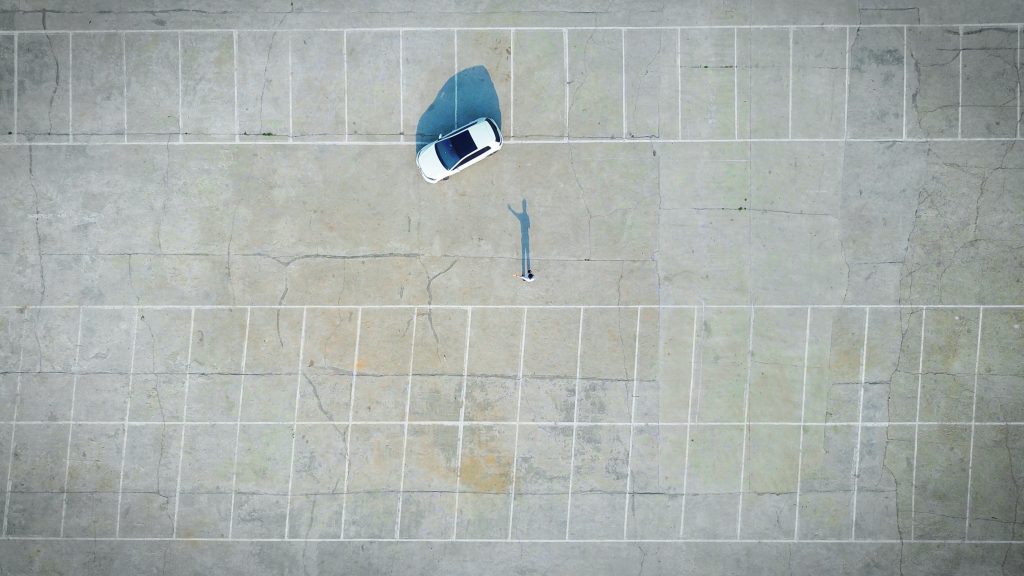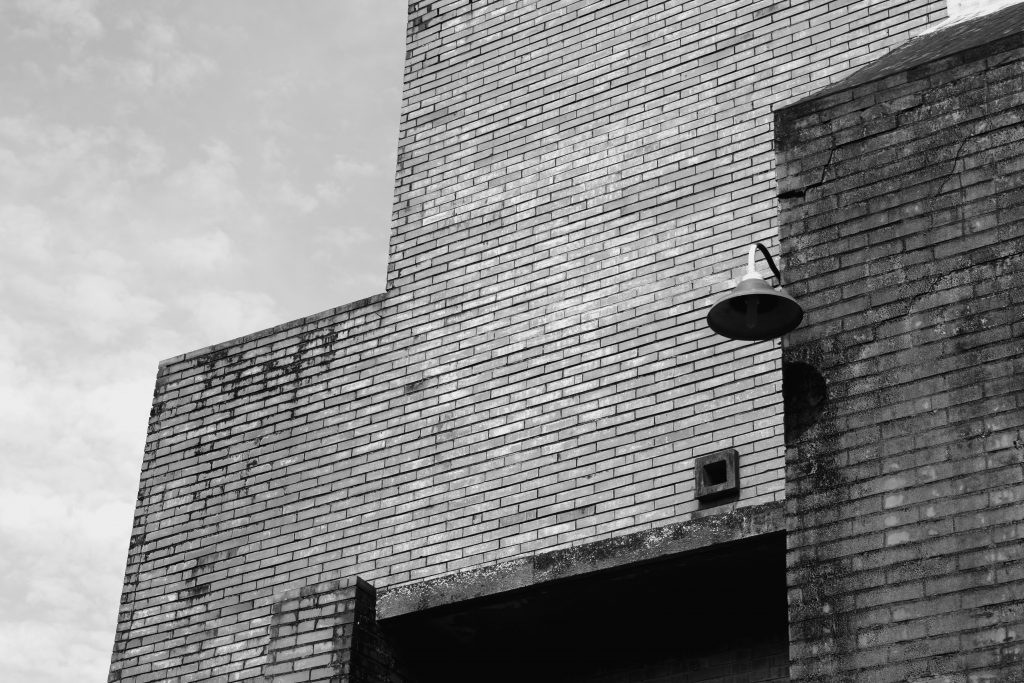Detection
by
Detective Agency
Detection now plays an increasingly important role in our lives. The capacity to move, circulate, restore familiar patterns of work and sociality depend on the capacities to detect the presence of viruses, to detect trajectories of transmission, and surges and flattening of curves. The substantial elaboration of surveillance apparatuses is now well underway.
But there are also other more minor or subtle matters of concern when it comes to detection. These are about not only how present conditions are read in terms of detecting trends and patterns, but also the ways in which people detect themselves in a cascade of reports, stories, and analyses. How they see themselves a part of or apart from particular renditions of reality. There are those who detect that this crisis is a definitive crisis, that from which the once normal can never be restored, that is the harbinger of a new world and economic system. There are those who experience this time more cyclically, who detect the return of conditions that they already experienced some time ago, that reset the game, that wipe out all of the activisms and efforts of decades or a generation.
For example, many progressive activists who have worked with poor communities and social justice issues detect the present conditions as a return to 1998 and the end of the New Order regime of Suharto. All the work that had been done to strengthen the capacities and livelihoods of low-income settlements, to build new civil institutions is detected to have now largely been undone in a matter of weeks. On the other hand, decades of activism in India aimed at making the state assume more responsibility for ensuring the social welfare of the majority suddenly materializes in a substantial program of food and income support but in a context where many of the intended beneficiaries have at least momentarily disappeared from view. The practices of opacity that enabled many to secure livelihoods under the radar now complicate the ability of the state to reach them. Here, detection becomes an intricate game: the need to be fed but the need to avoid capture.
These conundrums are set within a larger game of contestation about ultimate values—the exigency to live versus the exigency to be free, reducing detection to all kinds of exhausted binaries, or at least arguments about proportionality. What proportionality is proper for what kinds of populations? Should those whose livelihoods are dependent upon day labor, hawking, waste recycling, artisanal factories, and marketing be forced into more extremes of impoverishment in the interest of reducing infection and morbidity rates? What degree of enforcement of spatial restrictions constitutes heavy-handedness?
A little bit of this, a little bit of that
Recipes for disaster would suggest a proportionality of ingredients, as would the rectification of disasters. But what if proportionality was neither evident nor possible? What if it was unclear the extent to which existent realities on the ground were at one and same time self-destructive, virtuous, frivolous, necessary, generous, and manipulative? What if it were impossible to tell exactly what is virtuous or debilitating? In such instances everything becomes experimental, heuristic, a wager on a particular disposition. Detection stretches to enfold nearly impossible calculations as to the likelihood of viral transmissions in urban settlements difficult to lockdown, where interactions between exposures to various outsides, circuits of mobility, probability of contacts with those engaged in foreign travel, access to the tools of prevention, such as soap and water, are estimated as probabilities according to differing proportionality of contributing variables.
While it is clear that the survival should be extended wherever possible, that a right to survive should be embedded in every context of governance, just what constitutes that right, what secures it, what makes it possible in a given context may not entail either the possibility of working out proportions or that it even should. In other words, if initial responses to a pandemic require everyone to stay at home almost all of the time, what is the definition of home in which one must stay. If the outside is set off against the inside, to what extent are the dangers reversible, where certain dimensions of the outside are more than safe than anywhere else. If small factories in dense neighborhoods are being shut down because their production is considered inessential work, under what conditions and product lines could it be deemed essential, especially where these factories have always specialized in repurposing their tools and skills for other things. For all those petty traders who are taking whatever wares they have to sell to the rooftops, servicing the demand for goods issued from below, what happens to a refiguring of the street if these traders prefer not to return to the “ground.” If youth still running in the thick lanes of popular neighborhoods force the elder authorities indoors, how might youth not so much take their place but rehearse their capacity, make something new in the here and now. The point here is that proportions depend upon the stability of their ingredients or variables, and that this may not be the time to insist upon such integrity.
We may face a situation where preferences as to who can move where will be issued on the basis of detailed profiling of an increased range of data, just as surveillance has been structured on the basis of probabilities that certain correlations of variables pose specific kinds of risk. Whichever way such expansions of data analysis may go, there is an expansion of a grid on which individuals are positioned. Critical decisions may be increasingly made, not on the basis of the basic grids of race, class, national origin, or age but on one’s positionality on a proliferating series of grids that represent a constant reworking of multiple variables that produces a score calibrated to particular tasks, settings, futures expectations, and needed functions.
When figuring doesn’t seem to matter
It is not so much that systems of racialization are upended, extended, or reinvented, but that a more intricate gridding system provides an illusory “real” that such racial or class distinctions no longer are the primary things that matter. We all know that black people are more vulnerable to bad outcomes in the current situation because blackness ramifies across all kinds of relative deprivations and over-exertions. But this “clarity” ends up always being denied, excised from the reigning proportionalities or registered only as an epidemiological fact.
Rather, such extensions of the grid are constituted to provide an assurance of equality, but an equality that loses the conventional terms of comparison, and importantly the public negotiations about what social (biological, historical) differences mean. Instead of society democratically working out what equality means, it becomes increasingly a matter of a “mathematics of singularities.” As a result, I may have certain privileges, access, and rights based on an algorithmically-deliberated correlation of thousands of data points that generate a reality of my existence beyond any common vernacular. What makes me equal to others then is not evaluable in terms of what I have access to, but that the terms of any decision are largely inaccessible to everyone.
Additionally, the very need for equality is obviated in the emphasis that for every moment in every place and for every function or activity there is a “right” person to occupy that moment. When algorithmic deliberations generate composite scores for specific requirements, they constantly run different correlations among different constellations of variables so that each variable does not possess a static or definitive weight, but is always recalibrated in terms of what at that moment is being compared. Thus, the fact that I have a university education, or am a 68-year-old white man, or that I have worked in 57 different countries in the world or have two daughters, etc. are variables without definitive weight, so that wherever I am positioned on an expanding grid, I do not know for sure exactly how much any single factor “counted” in terms of my positioning. There is a thus an equality of uncertainty that inhabits this system of expanding grids.
If there are any prospects then for equanimity, for a sense of collective action based on a fundamental negotiability of meaning of the very language we use in order to approach and represent each other, it may seem necessary to get off the grid, off the imposition of more intricate segmentations, cadastration, mapping, remote sensing, and enclosing. While the grid may have indicated a public realm, of a public connected to the grid of provisioning, manifesting an infrastructure of commonality, not only have many aspects of such a grid been overwhelmed, through disinvestment, surges of demand, privatization, and its conversion into a speculative asset, but the logic of the grid itself stretches the “public” beyond forms of recognition that can be actively deliberated by residents at different scales. It is not just that public utilities and transport systems have been taken apart, but rather that infrastructures are sutured and articulated across territories in such variegated and consolidated ways as to render the terms and financial underpinnings inaccessible to the various forms of the public they are intended to serve.
Yet, at the same time, grids are not even more necessary at this moment. As the state is mobilized or pressured into doing things it never considered doing—mass provisioning and income support—will grids not be needed in order to make more visible the populations that need this support? If the exigencies of everyday survival in desperate conditions may propel vulnerable populations in greater levels of opacity, of operating under the radar, then do they not need to be coaxed back into view as the conditions to which they might be adequately serviced?
Again, here is the question of proportionality between visibility and invisibility, between knowing precisely what kinds of variables are contributing to particular situations and the need to keep things out of precise detection. And so perhaps we need new practices of detection, those that are able to bring things sufficiently into view in order to engage them but at the same time accede to letting them go, assuming other shapes and operations.
Gumshoes in invisible coats
Standard forms of detection always assume a truth that is to be uncovered, even if what is detected exceeds the existent terms of understanding. Something needs to be known. So it is not so much a matter of whether the truth uncovered is the truth, but rather the self-confidence of detection to generate a sufficient reason, to reiterate itself the definitive method for establishing the basis for decision.
But as Rob Coley illustrates in drawing upon the classic film noir, the detective is less interested in the “real story” than in trying to work out the unanticipated complications that the pursuit of the mystery has unwittingly thrown up. Detection seeks less to uncover complicity and conspiracies than to detach itself from the accruing story. It is more interested in the tactics of ensuring that things do not come to light, for to understand the crime to be solved means seeing how the crime has permeated into all aspects of living, and how the transparency of detection might leave nothing in its wake.
Of course this is familiar to us through Jean-François Laruelle’s notions of generic detection, where the objective is not to find the relations among things, not to put together all of the clues and various into a sufficient explanation, but to stay with insufficiency. Where the proportions cannot be worked out.
Why is this important? Because across urban districts around the world, thousands of stories of adaptations, risks, ventures, retreats, and retooling are emerging that need to be told and heard in their own emerging terms. That need not be reduced to levels of compliance and suffering. That need not be reduced to the proportion of populations obeying orders. This is not a critique of pandemic policies or a valorization of the disobedient. But in the inevitable work-arounds of spatial segmentations and categorization of whose work counts, there are experiences that don’t fit into any yet common language, that need to be detected as blips, glimmers, and glitches, possibly emerging into some more elaborated vernacular, but also perhaps just disappearing without trace.
Detection here, then, is not the method through which individuals and populations are subsumed into a system of proportionality—more or less healthy, more or less immune, more or less eligible, more or less valuable. Instead, it points to a space or composition capable of holding within it things and processes that may be related to each other, or not; where what something is may be multiple, but that it does not owe its existence to how it is positioned within a network of multiplicities, through which it accorded particular statuses and potentialities. This is not dissimilar to Fanon’s point that the wretched are an infection at the heart of colonialism, but an infection that, while being localized, is also immune to definitive detection.
Here, rather, is a detective that discovers within his or her “beat” a “real” that is “this one, right now, right here” and which has no definitive connection to anything else. But by doing so, such detection levels the playing field, renders something no more or less important than anything else, and thus avails it to unthought of (so far) courses of action. One could see detective work as a form of rendering, of making things (up), of making something available to a particular (wider) use, of putting things in people’s hands that they didn’t have before or couldn’t imagine using. Less uncovering than rendering, detection then is a way of keeping things moving along, of telling stories that extend a person’s relationship with the world, rather than detection being the grounds to legitimate the removal of persons from worlds.






